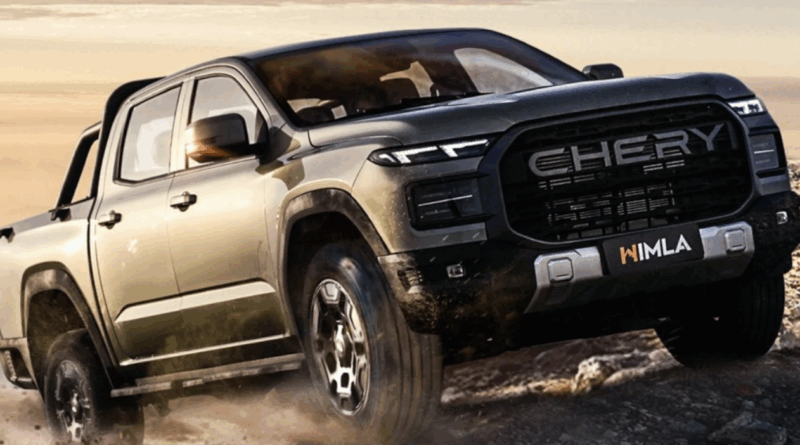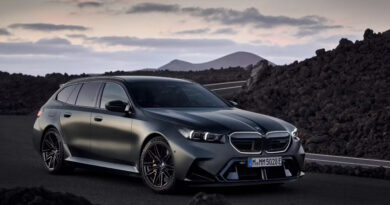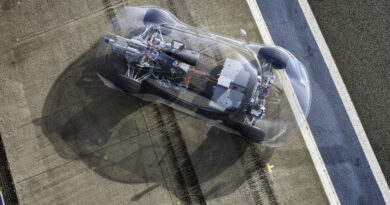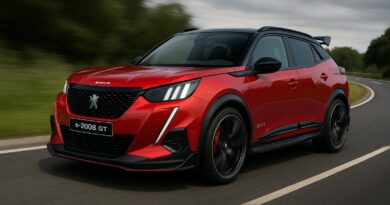Is Chery about to crack the diesel ute code? Chinese brand plots plug-in diesel powertrain for first BYD Shark 6 and GWM Cannon Alpha-challenging ute
Chery is set to enter Australia’s crowded dual-cab ute market, only potentially with a major twist, with the Chinese brand working on what could be the world’s first diesel plug-in hybrid powertrain.
It’s one of several powertrain solutions on the table for the brand’s first Australia-bound ute — which is not the recently revealed Himla (pictured), but rather a yet-to-be-unveileld product – but it’s the one the company’s Australian executives are campaigning for.
“I think towards the end of next year we’ll have two different (ute) options. One is going to be more of a recreational style, you know, that sort of 600kg or 700kg payload. So that’ll be really interesting,” says Chery Australia Chief Operating Officer, Lucas Harris.
READ MORE:
“But before that, we will also have a one-tonne payload, proper ladder-frame chassis ute. We’re just in the process of the moment of bringing the development team out to Australia.
“The powertrain’s not yet confirmed. There are a few options. There’s obviously petrol plug-in. One of the things that’s been talked about, but not confirmed, is a diesel plug-in – I personally would think that that was a really exciting proposition, because it is so different. Then of course there are petrol ICE powertrains and those sorts of things.
“(Diesel plug-in) would be my personal choice. If it were up to me, and they said here are all the options, that would be at the top of my list.”
The move, though not yet confirmed, would give a Chery ute a true point of difference in Australia. While plug-in hybrid utes – like the BYD Shark 6, Ford Ranger PHEV and GWM Cannon Alpha – are growing in number, they all pair a petrol engine with an electric motor or motors.
Chery would link a diesel engine with a hybrid powertrain, a move it thinks would preserve the capability requirements, like towing and payload, while also acting as a smaller leap for rusted-on diesel die hards in Australia.
It would also be at least partly tuned for Australia, with six China-based engineers to spend time here to understand our usage cases and conditions.
“It was only three weeks ago that our global chairman was in Sydney, and we really strongly advocated for how important it was for us to help, and give information. We don’t want to tell anyone what to do, but we want to share as much information as we can about what we think would make that vehicle successful,” Mr Harris says.
“A week after we left we got a request to arrange travel for six engineers on the ute program. That’s the sort of speed and commitment from out global boss – if that doesn’t give us a bit of confidence, nothing will.”




